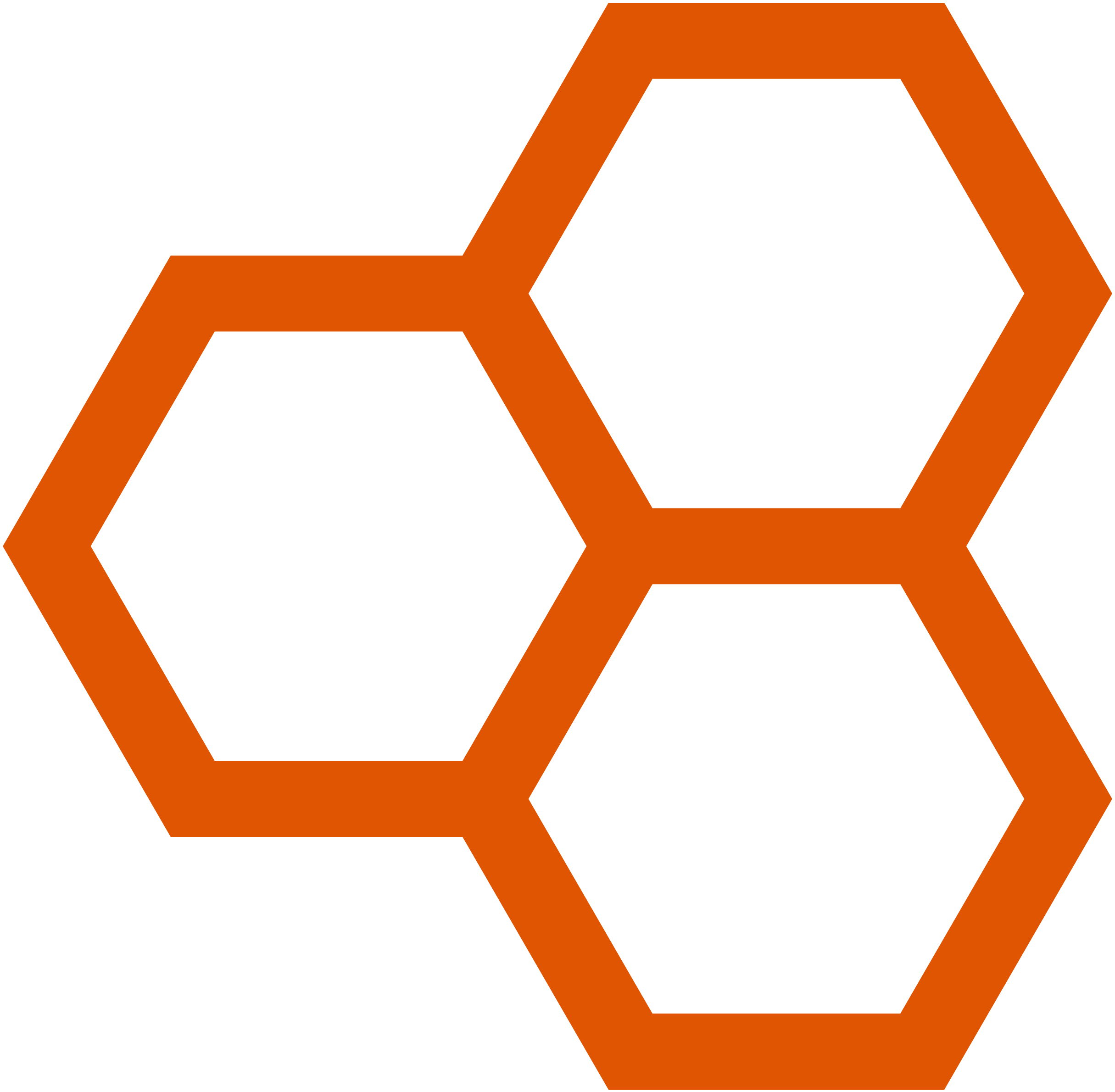Why taking ownership?
Because in 2025, companies are operating in an environment characterized by rapid technological advancements, increased pressure for sustainability, and rising expectations from employees and consumers.
We have been bequeathed a heritage built by the great of this world. Some unbreakable basics, because they were accepted by all and taught incessantly, without questioning. The business world was no exception: the silo method is still present. Now, we use it without knowing exactly. Let’s come back to this later, we will set the table first, if you will.
To appropriate: Transitive verb
(Medieval Latin appropriare)
To take for one’s own. Adapting something to a use, to a destination
Our destination: sustainability and growth.
Use: fluidity and ease through change for all.
The future moves forward while walking hand in hand with the past. Only 30 years ago, to find information, we had to go and find it in person. We had to ask experienced people who transmitted orally knowledge, in the writings or books kept in libraries, in school teachings. You had to work to KNOW.
Today, in a fraction of a second, KNOWLEDGE is delivered to us without any other effort than a few clics on a computer. The web is full of links containing information, some from reliable or dubious sources. Do we all, every time, going to pursue the investigation further?
Who can, without going on the internet, name 5 philosophers who are currently alive? Personally, I can’t. The names that come to my mind date from antiquity. Before; thinking, putting things into perspective, analyzing, comparing, even living, made it possible to acquire knowledge. Thinking and questioning was worth devoting your time, even your life.
Isn’t it time to take ownership of our destination the way we want it? To look for solutions adapted to today’s reality by taking a step back from the challenges of the past. I will humbly quote myself:
“Are we there? Self-sufficient and aware of our impact, using our instinctive talents for the survival of our ecosystems according to these three truths:
- We are a group
- Things will ALWAYS change
- We have to adapt to the changes “
I invite you to read the previous article; click here to access it.
Let’s talk about this famous silo management. It refers to an organizational structure, where the different departments or services operate autonomously, with limited communication and collaboration between them. To each his own.
These organizations are characterized by a rigid division of labor, where each department has specific responsibilities and operates relatively independently. This approach aimed to optimize operational efficiency by specializing tasks, but it also led to excessive compartmentalization of information and processes.
Present
Today, the disadvantages outrageously outweigh the advantages. These issues have been seen and have tried to be addressed many times.
- Decreased productivity: Lack of communication and coordination between departments can lead to duplication, delays, and inefficient use of resources.
- Poor decision-making: Data silos prevent users from accessing the information they need, which can lead to decisions based on incomplete or outdated data.
- Degraded social climate: Isolated teams and lack of internal communication can lead to frustration and misunderstanding, reducing employee engagement.
This leads to a disconnection and segmentation of teams that can be seen by;
- Lack of collaboration: Teams focus on their own goals, which limits cross-departmental cooperation and can hinder the achievement of overall business goals.
- Inefficiency and redundancy: Duplication of data and effort across departments can lead to inefficient use of resources and increase operational costs.
- Organizational rigidity: The company is less flexible and less reactive to changes in the market, thus hindering its adaptation and innovation. This comes with a cost that some can’t afford.
This structure has allowed us to be here today. It has major drawbacks related to a new business environment that values collaboration, agility and innovation. Contemporary companies are therefore looking to adopt more integrated and collaborative models to overcome these challenges.
To read: Evolution of management models in companies Forbes The End Of Management As We Know It
How to overcome these challenges:
- Digital transformation and continuous innovation
- Adoption of AI and emerging technologies: Automation, predictive analytics, and the use of artificial intelligence to improve decision-making.
- Cybersecurity: Protecting sensitive data and critical systems in the face of increasing cyberattacks.
- Augmented customer experience: Integrate immersive technologies (such as augmented or virtual reality) to offer personalized and interactive services.
- Talent management and well-being at work
- Talent Attraction and Retention: Creating a company culture that values flexibility, personal development, and career opportunities.
- Work-life balance: Incorporate hybrid models and policies that support employee well-being.
- Continuous training: Implement learning programs to prepare teams for new technological and economic challenges.
- Adaptation to sustainability and social responsibility
- Carbon neutrality: Reduce the company’s ecological footprint and integrate circular economy practices.
- ESG compliance: Respecting environmental, social and governance standards that have become essential.
- Community Engagement: Collaborating with stakeholders to contribute positively to society.
- Collaboration and Breaking Down Silos
- Agile structures: Set up cross-functional teams to promote collaboration between departments.
- Seamless communication: Use digital tools to centralize information and reduce internal barriers.
- Collaborative culture: Encourage collective innovation and co-creation, involving employees, partners and customers at the same time.
- Data-driven decision-making
- Data collection and management: Centralize data and use advanced analytics tools to support decision-making.
- Forecasting and rapid adaptation: Relying on real-time indicators to anticipate trends and adjust strategies.
- Service personalization: Leveraging data to deliver products and experiences tailored to individual needs.
- Organizational Resilience
- Strategic planning in the face of uncertainty: Develop contingency plans and diversify supply chains.
- Ability to innovate quickly: Develop strategies to pivot quickly in the event of a market change.
- Change Management: Preparing teams to embrace constant change and adapt without resistance.
- Inclusion and diversity
- Inclusive Leadership: Training leaders to embed diversity and inclusion in decision-making.
- Fair Work Environment: Ensure non-discrimination policies and promote equal opportunities for all.
- Cultural Awareness: Encourage practices that value differences and promote cross-cultural collaboration.
These challenges reflect the priorities of a rapidly changing world where effective management is based on an integrated vision of technology, talent and social responsibility.
Why now?
Because there is a huge wave in the business world ahead of us, as we know it. Drastic changes will take place one after the other. If we are not prepared, aware and determined to take ownership of our leadership and methodology for the future , which is already knocking on our doors, we are doomed to failure. A major step back.
The individual must make room for the community. A mass movement must take place.
How individualization harms the future?
Individualization is another nice legacy that appeared in the eighteenth century with the Enlightenment, which valued freedom and autonomy. It has been reinforced with industrialization, urbanization, and modern rights. It leaves us with impacts such as;
- Weakening of solidarity:
- Less family and community support.
- Disengagement from collective issues such as climate or politics.
- Social Isolation:
- No more loneliness and disconnection between individuals.
- Polarization amplified by digital bubbles.
- Consumption and environment:
- Overconsumption to assert one’s identity, aggravating the ecological crisis.
- Poor sense of collective responsibility.
- Individual stress:
- Pressure to succeed alone, creating anxiety and exhaustion.
- Less support for personal challenges.
For the future and to move towards a balance, it is crucial to:
- Reconciling autonomy and solidarity.
- Promote cooperation for global causes.
- Building strong social ties to respond to challenges together.
“One for all and all for one!” wrote Alexandre Dumas.
A mass movement is needed indeed.
How do we get there? We have thought about this, because the inconsistencies, being too obvious, cannot be ignored. We all want to be well, but the mould, or way to do things, is outdated.
We need something fluid and organic to move forward and take ownership of our growth and our journey through the fast-paced adventure that is already coming up. Technology moves faster than humans. We need an update quickly.
Because to the detriment of repeating myself, there are three truths that we will not be able to escape:
- We are a group
- Things will ALWAYS change
- We must adapt to the changes
We have the opportunity to take ownership of challenges that are looming ahead, to appropriate the way they will be made, for a coherent future that will be ours. Will we take it?
It is therefore, with pleasure and pride, that we will present a new business model in March 2025 that could enable this transition in the long term.
Because we all have seen, experienced and heard all these issues.

